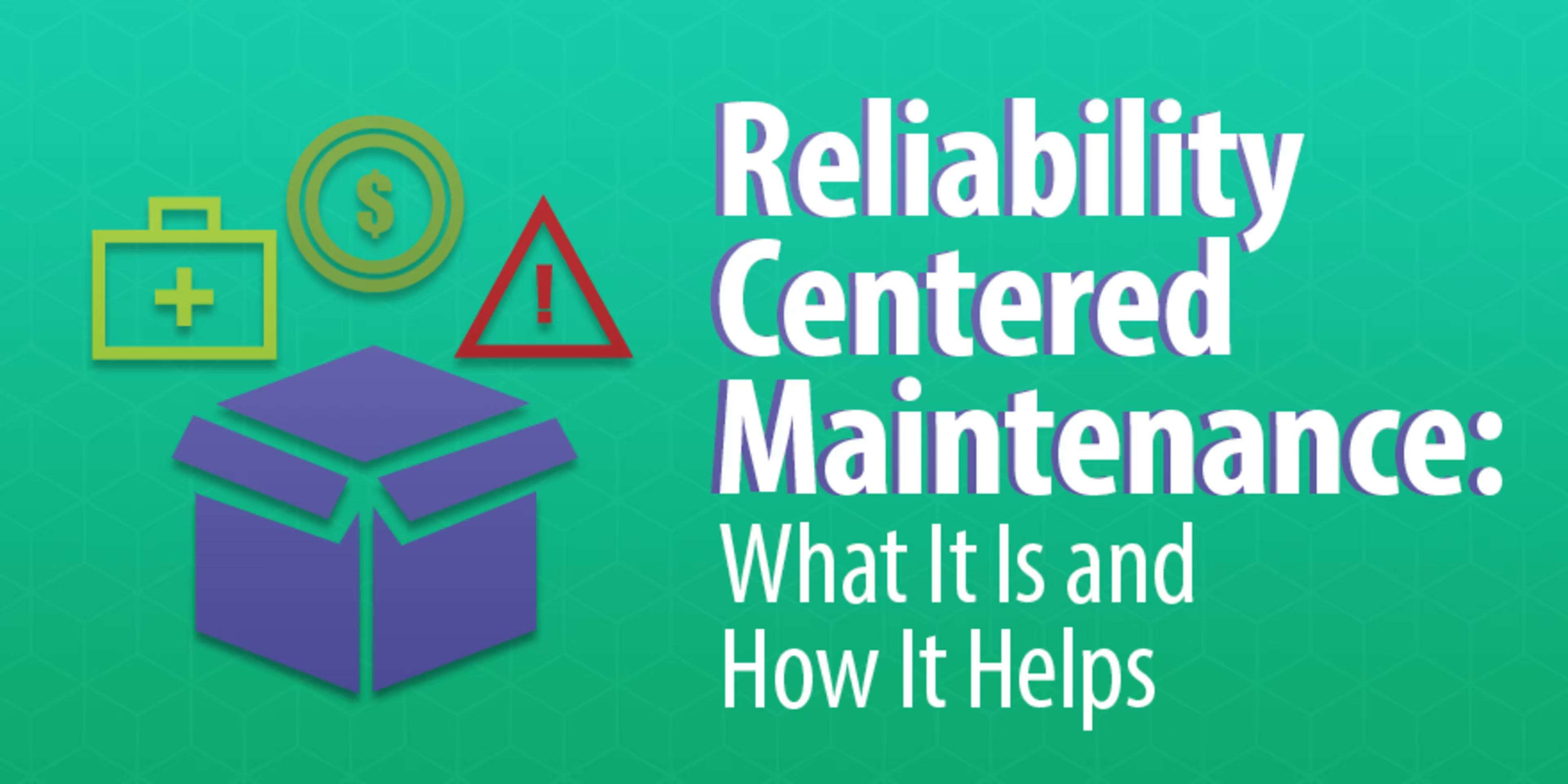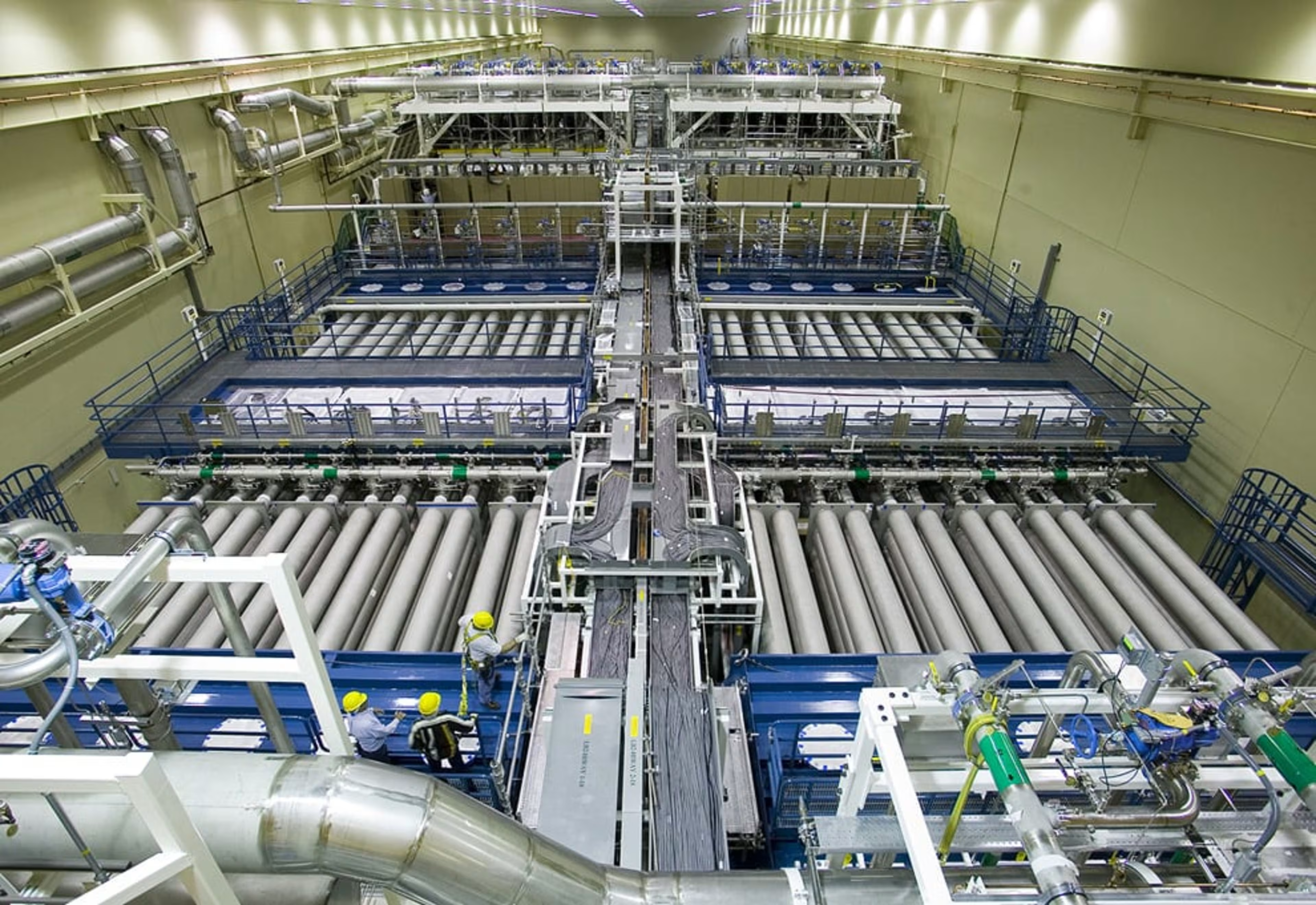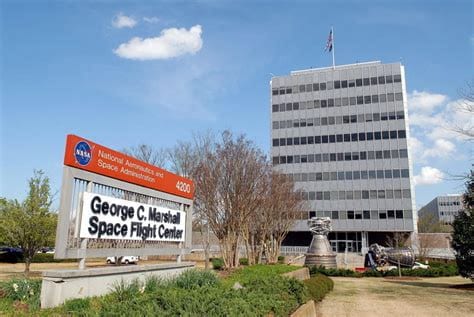What can your maintenance team get out of reliability centered maintenance?
Savings. Efficiency. A focus on what matters.
You're probably thinking that this sounds too good to be true. Maybe you don't even know what reliability centered maintenance is.
Stick with me; I've got definitions, examples, and facts to back all of this up.

Below, I'll explain what reliability centered maintenance (RCM) is, show you how maintenance teams use it to save thousands of dollars, and cover two crucial components for success.
Best of all? I'll explain how computerized maintenance management software can make RCM a reality for your business.
What is reliability centered maintenance?
Reliability centered maintenance is a maintenance strategy that focuses on key assets and the specific things that make them break.
Where a preventive maintenance strategy requires you to check on all of your assets regularly, RCM instead looks at which assets are most important, and asks what makes them break (or could make them break). You're asking what could go wrong, and planning accordingly.
Colloquially: reliability centered maintenance is working smart, not hard. It takes some hard work to establish your RCM plan, mind you, but once your plan is up and running it'll save you a lot of time, and money.
Where does computerized maintenance management software come in, and how does it help you set up an RCM plan?
CMMS automatically organizes information about asset failures. Instead of burning brain power on organizing failure codes, you can spend your mental energy on determining which assets need the most help.
How can it help my business?
Now that you know what reliability centered maintenance is, you need to know how it can help. A successful RCM plan can save you money, assets, and stress.
Let's take a look at some real-world examples.
Example No. 1: RCM saves the National Ignition Facility $2 million
The National Ignition Facility used a reliability centered maintenance strategy to save $2 million. By combining an RCM approach with condition-based maintenance, the NIF cut out routine busywork and focused on potential problems.
This is all the more important given that the NIF is, essentially, a few giant lasers the size of three football fields.

Laser Bay 2 at the National Ignition Facility
Think about how much an equipment breakdown worries you within your small business, and expand that to a giant laser. The NIF's lasers are expensive, sensitive machinery, and breakdowns are expensive and dangerous.
The NIF's lasers are valuable tools in numerous high-level experiments. "NIF's product is the physics data derived from the experiments performed at the facility," said former NIF facilities manager Nick Jize.
RCM keeps the lasers up and running, longer. In one instance alone, the reliability centered maintenance plan saved the NIF about $80,000 and prevented eight hours of downtime. Instead of checking every asset, Jize's team focused on which pieces of machinery were the most important to their experiments, and prioritized the repairs of those assets.
Before Jize adopted an RCM strategy, repairs focused equally on all assets. Since RCM prioritizes machines by how important they are to operations, less important assets— backup machinery, for instance— aren't inspected as often. That means time, and money, saved.
Example No. 2: Marshall Space Flight Center saves time, money, and lives
NASA's Marshall Space Flight Center used a reliability centered maintenance plan to save more than $300,000 by reducing unnecessary maintenance work, improving the work that remained, and making that work safer.
The improvement in work quality resulted from RCM's focus on analytics. An important step in any reliability centered maintenance plan is figuring out what could go wrong with an asset, and what goes wrong most often. You do this by checking the failure codes associated with an asset's possible mistakes, and tracking how often each failure happens.
The benefit of this approach? Your memories and hunches get a hand up. If you seem to recall a certain pump or heater being a problem, an RCM approach gives you the data to determine whether that hunch is right.

The Marshall Space Flight Center (via Glassdoor)
Safety also improved with Marshall's switch to reliability centered maintenance by monitoring identified "what-ifs."
In Marshall's case, that meant installing more sensors and cameras around important machinery. Those sensors provided an extra level of safety for workers; if a sensor showed dangerous or overheated conditions, technicians avoided those areas.
Two critical components of RCM success
RCM is a great strategy, but nothing is perfect. If you're considering enacting a reliability centered maintenance plan at your company, there are two crucial keys to success.
Companywide buy-in
Setting up a reliability centered maintenance plan is a major process, and it requires buy-in at all levels.
If you don't have the right support from management down to maintenance technicians, your RCM strategy will never get off the ground.
Involve necessary decision-makers early on in the process, and develop a comprehensive rollout plan to facilitate adoption. Try to anticipate employee questions, and cover them in your rollout plan.
The right tools
To make your RCM plan work, you need computerized maintenance management software.
Reliability centered maintenance depends on checking failure codes, and having an easy way to check those codes is important.
Analyzing months of failure code data without CMMS is difficult, frustrating, and time-consuming. It requires you to check months of technicians' handwritten reports and figure out what's most likely to break by crunching the numbers yourself.
Analyzing months of failure code data with CMMS is simple. A good CMMS automatically captures failure codes, meaning that identifying the most common ones requires something as simple as a quick search. CMMS also lets your technicians enter job history into the system via smartphone, making it simple to maintain details about which assets will become the focus of your strategy.
Share your RCM success stories
How has your maintenance team used reliability centered maintenance to improve your processes? Share your success stories in the comments below!